
Broken statue pieces
A friend of ours, while doing charity work in An Long village, said he saw a local resident's house preserving some fragments of an ancient terracotta Buddha statue.
Contacting an acquaintance working at the People's Committee of Que Phong commune, we learned that the terracotta pieces were kept at Mrs. Pham Thi Ha's house and were picked up by her from Da Chua cave.
Coming to survey Da Chua cave, most of the people here know about this place. Mr. Nguyen Khoa Toan (90 years old) and Mrs. Nguyen Thi Dung (81 years old) said that Da Chua cave was mentioned by their father and the previous generation.
Also according to Mr. Toan and Mrs. Dung, previously about 50m from An Long communal house, there was a small temple built of bricks and roofed with tiles, in which there were several Buddha statues, next to a very large milk flower tree.
The temple is where people come to worship, then go down to An Long communal house to practice. In An Long village, there is still a place called Doc Chua (near An Long communal house). Later, due to the war, the temple was destroyed, and the Buddha statue was lost. I wonder if the statue from the temple was brought there?
Mr. Toan added that the locals say that this temple was originally a bronze Buddha statue, then changed to a clay Buddha statue. In the years after liberation, due to lack of land for farming, the villagers went to the Da Chua cave area to clear trees to grow cassava, bananas... and built huts to stay at noon.
While resting, they went into the Da Chua cave and saw Buddha statues placed neatly in groups, including French bicycles. Later, some people thought there were valuables in the statues and challenged each other to smash the statues.
Ms. Pham Thi Ha - who is preserving pieces of terracotta statues from Da Chua cave said that her father, Mr. Pham Van Hoa (born in 1956), told her about the clusters of statues placed neatly in the cave.
Last March, Mrs. Ha followed her father to Da Chua cave to find the old statues to worship. However, when she arrived, she only saw pieces of terracotta buried in clumps.
She found and collected some large pieces with traces of carvings on the head and face of the statue and brought them home. Then she continued to collect some more pieces hoping to put them together to form a complete statue.
Is the artifact from the 18th or 19th century?
Led by Mrs. Ha, after nearly 2 hours of walking through the hillsides planted with acacia trees, we finally arrived at Da Chua cave.

Right halfway up the mountain, the cave is naturally formed from a large, flat volcanic rock, stacked on top of a small rock (like a pillar) creating a space about 1m - 2m high and more than 10m 2 wide, inside there are small, flat rocks like tables.
The cave faces west. Bones, animal feces, and bombs remain in the cave, proving that this cave was once a resting place for both humans and animals.
There are 114 pieces of terracotta statues discovered in Da Chua cave kept by Ms. Ha with different sizes. Some large pieces have clearly identified parts of the statue through the traces of carvings: eyes, nose, ears, hair, legs, arms... Some pieces have decorative details with embossed patterns; the rest are mostly unadorned.
The pieces are molded from fine clay and fired at a fairly high temperature, making them very sturdy and heavy. Some pieces are grey, with one side polished and the other rough.
Through information collected, investigated, surveyed at Da Chua cave, comparing artifacts and consulting with archaeological experts, we concluded that: Da Chua cave site has existed quite early but the exact time is unknown. The terracotta pieces are fragments of Buddha statues, god statues and worship objects "dating back to around the 18th - 19th century".
Because there is a temple near An Long communal house and now there is a place called Doc Chua (near An Long communal house), it raises many questions for us. Are the statue pieces now in Da Chua cave brought from the temple or from where? Why is there a place called Doc Chua? Is Da Chua cave a place of worship or just a place to hide statues during the war or some other period? What is the relationship between Da Chua cave, Doc Chua and the statue pieces? That is still a mystery that needs to be solved.
To answer the above questions, it takes time to research and verify information. Currently, Quang Nam Museum has received the above terracotta statues to edit, preserve for research, display and introduce the process of opening villages in Que Phong, Que Son in particular and Quang Nam in general.
Source: https://baoquangnam.vn/bi-an-manh-tuong-dat-nung-tai-hang-da-chua-3142294.html






![[Photo] Binh Trieu 1 Bridge has been completed, raised by 1.1m, and will open to traffic at the end of November.](https://vphoto.vietnam.vn/thumb/1200x675/vietnam/resource/IMAGE/2025/10/2/a6549e2a3b5848a1ba76a1ded6141fae)



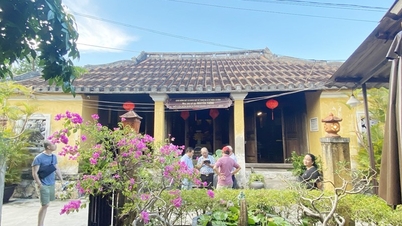

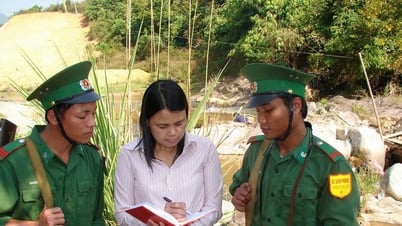
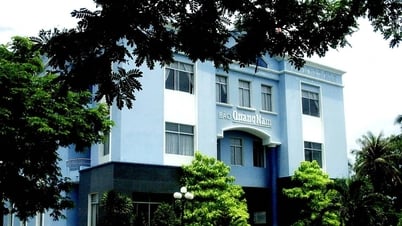
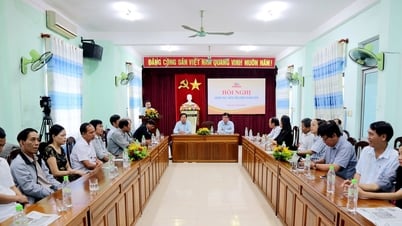
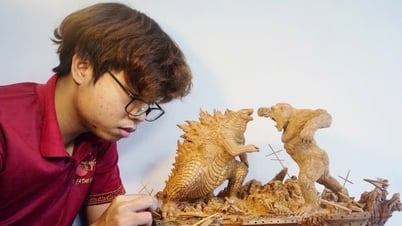




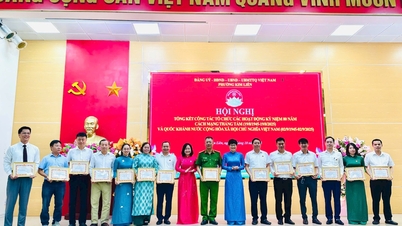
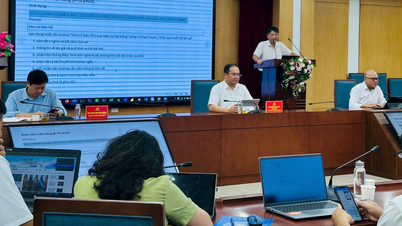
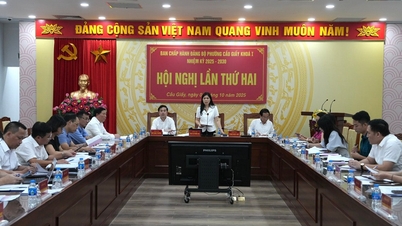
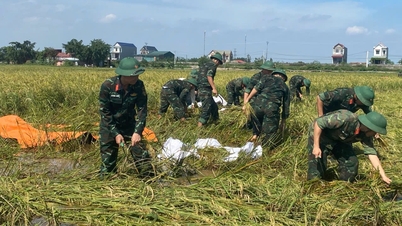

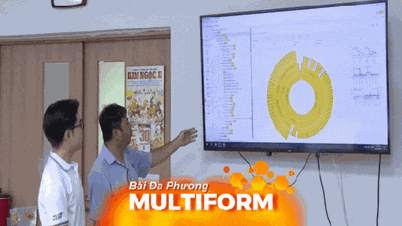


















































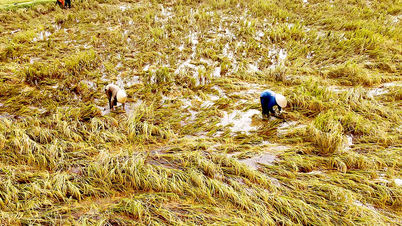
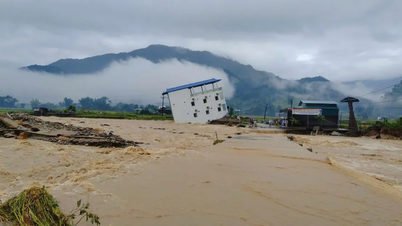
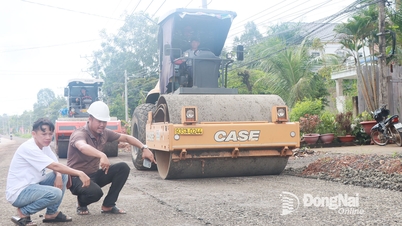

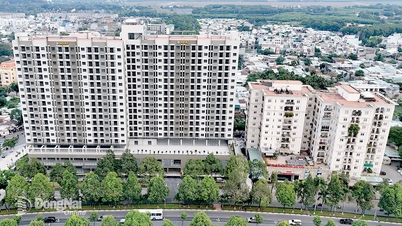
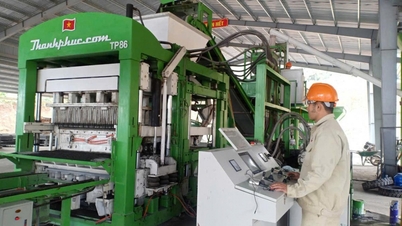













Comment (0)